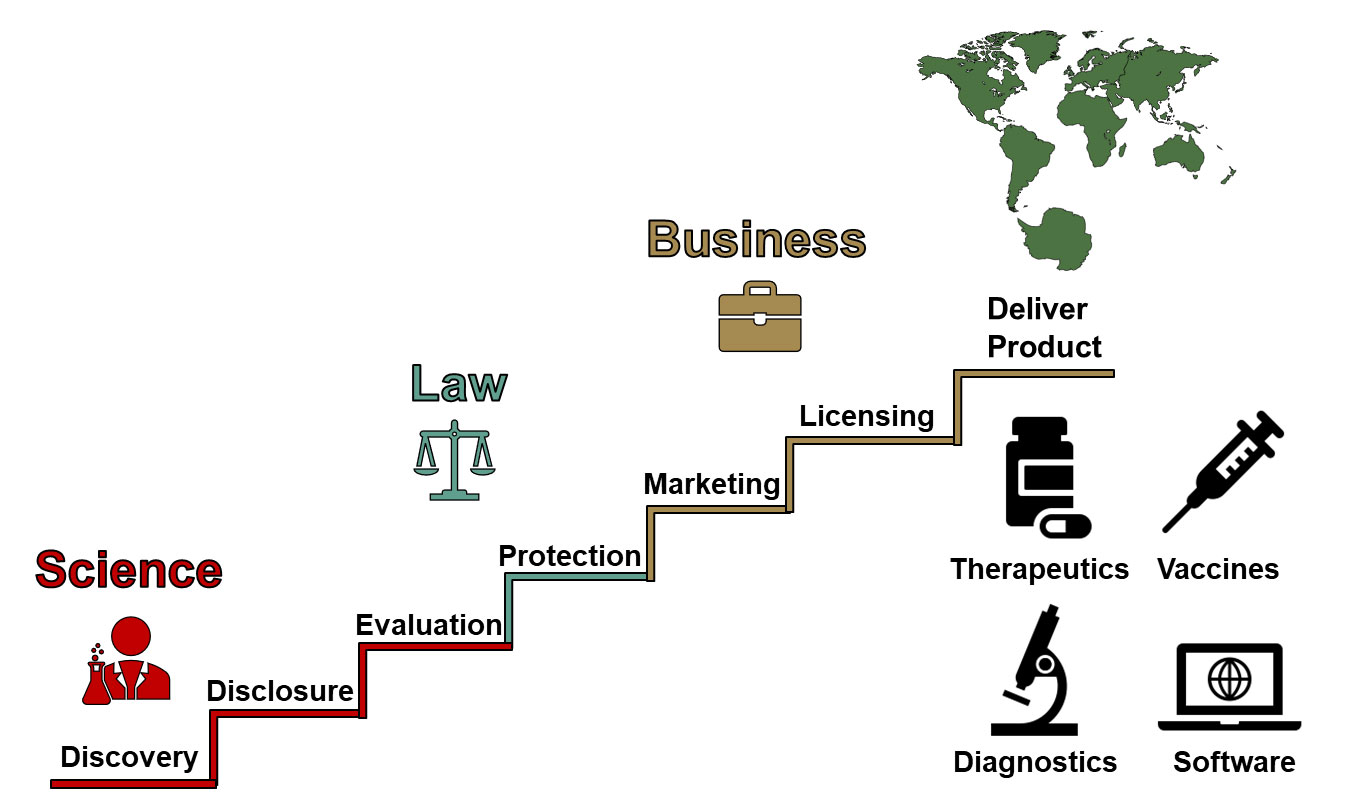Report on the Commissioning of the Adeboruwa of Igbogbo Palace and its Contribution to Sustainable Development Goals
Executive Summary
On Monday, the Lagos State Government commissioned the newly constructed Adeboruwa of Igbogbo Palace in Ikorodu. The project represents a significant investment in local infrastructure and a strategic initiative to strengthen traditional institutions. This report analyses the project’s alignment with key United Nations Sustainable Development Goals (SDGs), particularly in the areas of sustainable communities, peace and justice, and collaborative partnerships.
Alignment with Sustainable Development Goals (SDGs)
The development and commissioning of the palace directly support the advancement of several SDGs:
- SDG 11: Sustainable Cities and Communities. The project contributes to Target 11.4 by strengthening efforts to protect and safeguard cultural heritage. The palace serves as a physical bastion for the cultural identity and history of the Igbogbo Kingdom, ensuring its preservation for future generations.
- SDG 16: Peace, Justice and Strong Institutions. By repositioning and providing modern facilities for a key traditional institution, the initiative supports Target 16.6, which aims to develop effective, accountable, and transparent institutions at all levels. The palace is envisioned as a center for promoting peace, unity, and community cohesion.
- SDG 17: Partnerships for the Goals. The successful completion of the palace exemplifies Target 17.17, which encourages effective public partnerships. It is a direct result of a multi-stakeholder collaboration between the Lagos State Government, the Igbogbo/Baiyeku Local Council Development Area (LCDA), and the traditional leadership of the Igbogbo Kingdom.
Government Commitment to Sustainable Development
The Lagos State Government, represented by Commissioner for Local Government Affairs Roberts Bibire, articulated a clear commitment to development that aligns with SDG principles. Key commitments include:
- Supporting royal fathers and strengthening cultural institutions as pillars of community stability (SDG 11, SDG 16).
- Investing in grassroots infrastructure to uplift the quality of life for residents.
- Fostering collaborative governance between state, local, and traditional bodies to achieve common development objectives (SDG 17).
The Executive Chairman of Igbogbo/Baiyeku LCDA, Olusesan Daini, described the palace as a testament to the community’s dedication to sustainable development, viewing the structure as a symbol of unity and a commitment to transformative projects that honor the past while building a sustainable future.
Stakeholder Engagement and Future Outlook
The commissioning ceremony was attended by a broad coalition of stakeholders, underscoring the project’s importance. Attendees included:
- Members of the Lagos State Executive Council
- The Accountant General of the Federation
- Royal Obas from across Lagos State
- Leadership of the All Progressives Congress (APC)
- Members of the National and State Assemblies
- Prominent community leaders and stakeholders
The Igbogbo/Baiyeku LCDA has affirmed its ongoing mission to implement projects that strengthen heritage, promote peace, and ensure sustainable prosperity for all residents, thereby continuing its alignment with the core tenets of the Sustainable Development Goals.
1. Which SDGs are addressed or connected to the issues highlighted in the article?
The article on the commissioning of the Adeboruwa of Igbogbo Palace touches upon several Sustainable Development Goals (SDGs) through its focus on infrastructure, cultural preservation, institutional collaboration, and community well-being. The following SDGs are relevant:
- SDG 9: Industry, Innovation, and Infrastructure: The core subject of the article is the commissioning of a new building (the palace), which is a form of community infrastructure. The governor’s emphasis on his “commitment to infrastructural development” directly links the project to this goal.
- SDG 11: Sustainable Cities and Communities: This goal is addressed through the article’s focus on preserving cultural heritage and fostering community development. The palace is described as a project that strengthens heritage and promotes a “united, peaceful, and prosperous” community.
- SDG 16: Peace, Justice, and Strong Institutions: The article highlights the project as a “historic move to reposition the traditional institutions” and a “clear demonstration of what is possible when traditional institutions and local government leadership work together.” This points to the development of effective and collaborative institutions for peace and governance.
2. What specific targets under those SDGs can be identified based on the article’s content?
Based on the themes discussed, the following specific targets can be identified:
-
SDG 9: Industry, Innovation, and Infrastructure
- Target 9.1: “Develop quality, reliable, sustainable and resilient infrastructure…to support economic development and human well-being.” The construction of the palace is presented as an investment in infrastructure that “uplifts the lives of our people at the grassroots” and contributes to a “prosperous Lagos.”
-
SDG 11: Sustainable Cities and Communities
- Target 11.4: “Strengthen efforts to protect and safeguard the world’s cultural and natural heritage.” The article explicitly states the project’s goal is to uphold “rich cultural heritage” and serve as a “rallying point for cultural preservation.” The palace is described as a “living symbol of our people’s unity, cultural pride.”
-
SDG 16: Peace, Justice, and Strong Institutions
- Target 16.6: “Develop effective, accountable and transparent institutions at all levels.” The project is a result of a successful collaboration between the state government, a Local Council Development Area (LCDA), and a traditional kingdom, showcasing a model for effective institutional partnership.
- Target 16.7: “Ensure responsive, inclusive, participatory and representative decision-making at all levels.” The joint effort between the government and the community’s traditional leadership to complete the palace implies a participatory approach to community development, where local institutions are central to the process.
3. Are there any indicators mentioned or implied in the article that can be used to measure progress towards the identified targets?
While the article does not provide quantitative data, it mentions or implies several qualitative and project-based indicators:
- For Target 9.1: The primary indicator is the successful completion and commissioning of the new Adeboruwa of Igbogbo Palace. The article is centered on this event, which serves as a tangible measure of the government’s “commitment to infrastructural development.”
- For Target 11.4: An implied indicator is the establishment of the palace as a functional center for cultural activities. The article describes it as a “rallying point for cultural preservation, peace, and unity for generations to come,” indicating its intended role in safeguarding heritage.
- For Target 16.6 & 16.7: The successful partnership itself is an indicator. The governor’s statement that the project is a “clear demonstration of what is possible when traditional institutions and local government leadership work together” points to this collaboration as a measurable outcome of building effective and participatory institutions.
4. Table of SDGs, Targets, and Indicators
| SDGs | Targets | Indicators Identified in the Article |
|---|---|---|
| SDG 9: Industry, Innovation, and Infrastructure | Target 9.1: Develop quality, reliable, sustainable and resilient infrastructure to support human well-being. | The completion and commissioning of the new Adeboruwa of Igbogbo Palace as a piece of community infrastructure. |
| SDG 11: Sustainable Cities and Communities | Target 11.4: Strengthen efforts to protect and safeguard the world’s cultural and natural heritage. | The establishment of the palace as a “living symbol” and “rallying point for cultural preservation” to uphold the community’s “rich cultural heritage.” |
| SDG 16: Peace, Justice, and Strong Institutions | Target 16.6: Develop effective, accountable and transparent institutions at all levels.
Target 16.7: Ensure responsive, inclusive, participatory and representative decision-making at all levels. |
The successful collaboration between the state government, the Igbogbo/Baiyeku LCDA, and the traditional institution, cited as a “clear demonstration” of effective partnership. |
Source: businessday.ng







